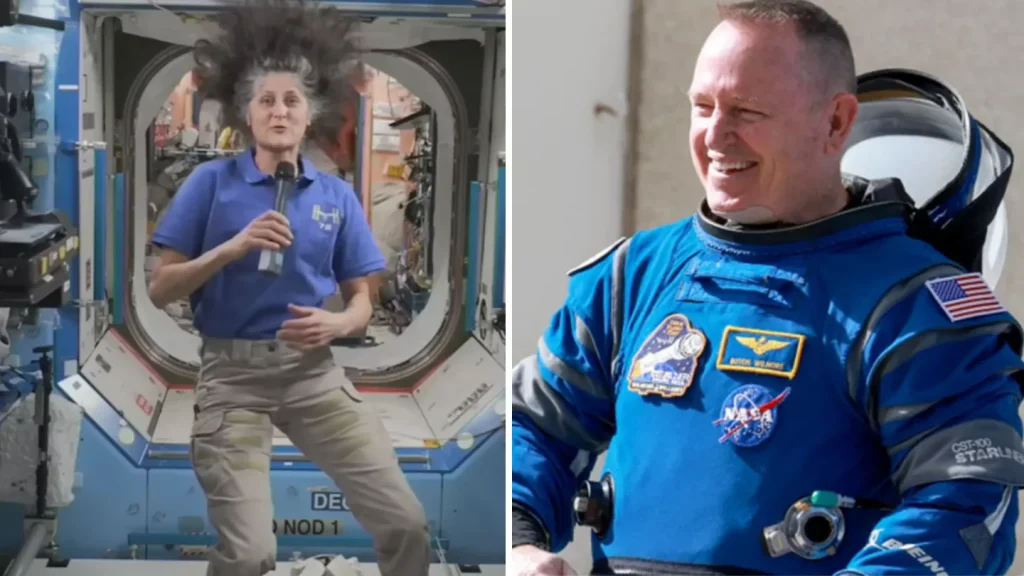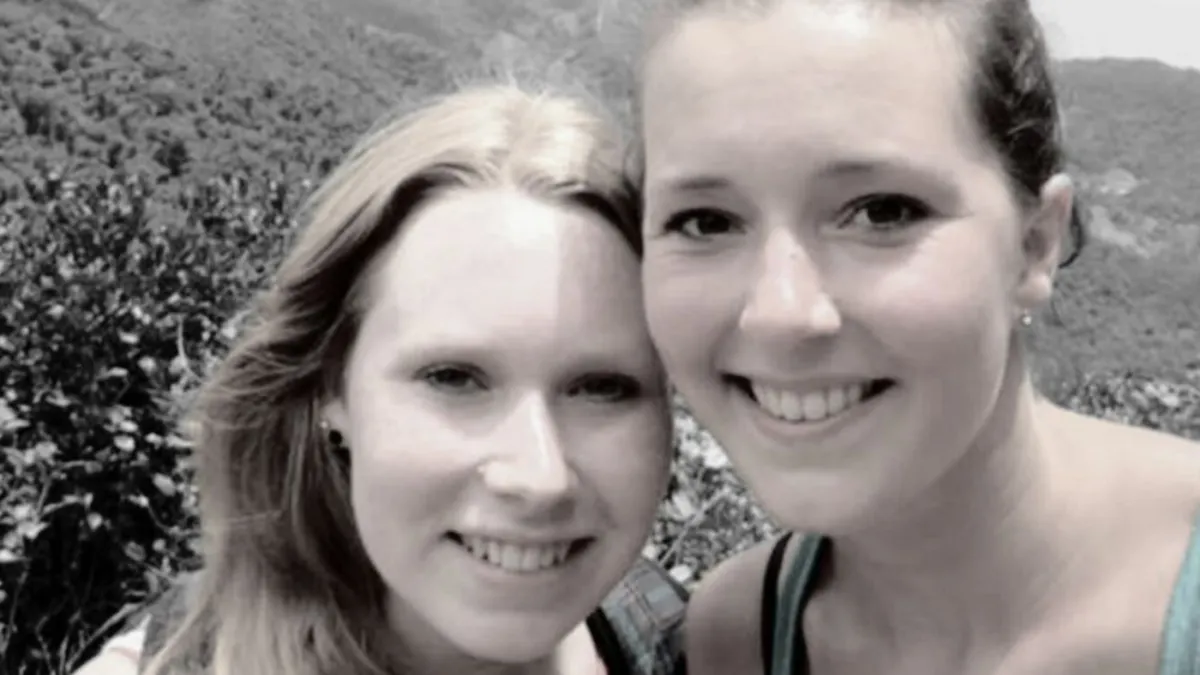NASA astronauts Sunita “Suni” Williams and Barry “Butch” Wilmore embarked on what was supposed to be an eight-day test flight aboard Boeing’s Starliner spacecraft in June 2024.
The mission, intended to showcase Boeing’s ability to transport astronauts to and from the International Space Station (ISS), quickly took an unexpected turn.
Shortly after docking with the ISS, technical failures were detected in the Starliner’s thrusters, making it unsafe for the return journey.
Despite repeated testing and troubleshooting efforts by NASA and Boeing, the issue could not be resolved promptly, forcing officials to make the difficult decision of sending the spacecraft back to Earth without its crew.
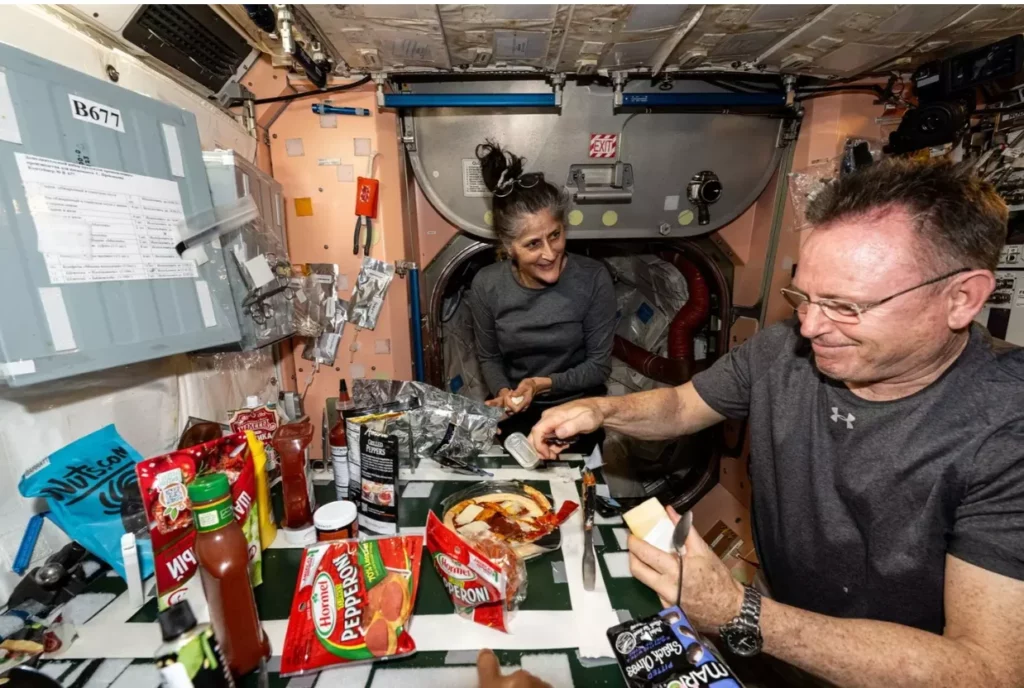
As a result, Williams and Wilmore were left aboard the ISS, waiting for an alternative means of returning home. Their initial eight-day mission has now stretched beyond 250 days, with no immediate solution available.
Throughout their extended stay, the astronauts have continued their work, carrying out scientific research and maintenance duties as part of their role on the space station.
Their unexpected delay highlights the challenges that come with space exploration, where even the most meticulously planned missions can face unpredictable complications.
NASA follows a strict changeover protocol, which requires that every departing astronaut must be replaced by an incoming crew member.
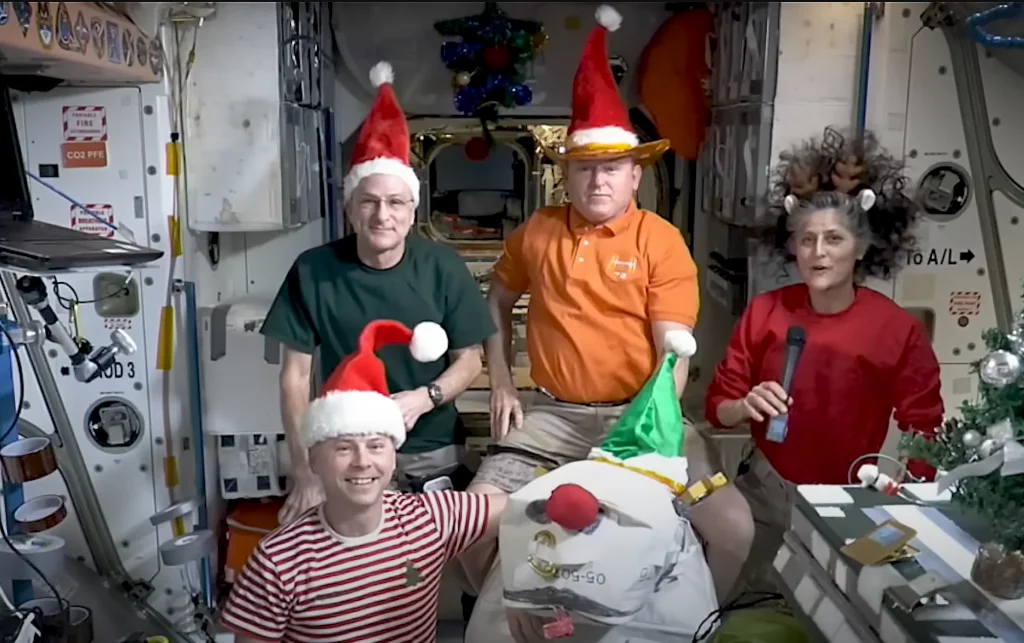
However, the SpaceX Crew-10 C213 Dragon capsule, originally intended for this changeover, has also faced delays due to its own technical concerns. This has further prolonged the astronauts’ stay, making their situation even more complex.
Despite the significant duration of their mission extension, officials at NASA have maintained that the astronauts are not “stranded.”
Astrophysicist Jonathan McDowell, in an interview with Washingtonian, stated that the situation has been “way overblown,” reassuring the public that the astronauts are in good condition and merely waiting for their next scheduled return ride.
While McDowell insists that Williams and Wilmore are fine, their extended stay has sparked concerns regarding the potential physical toll it may take on their bodies.
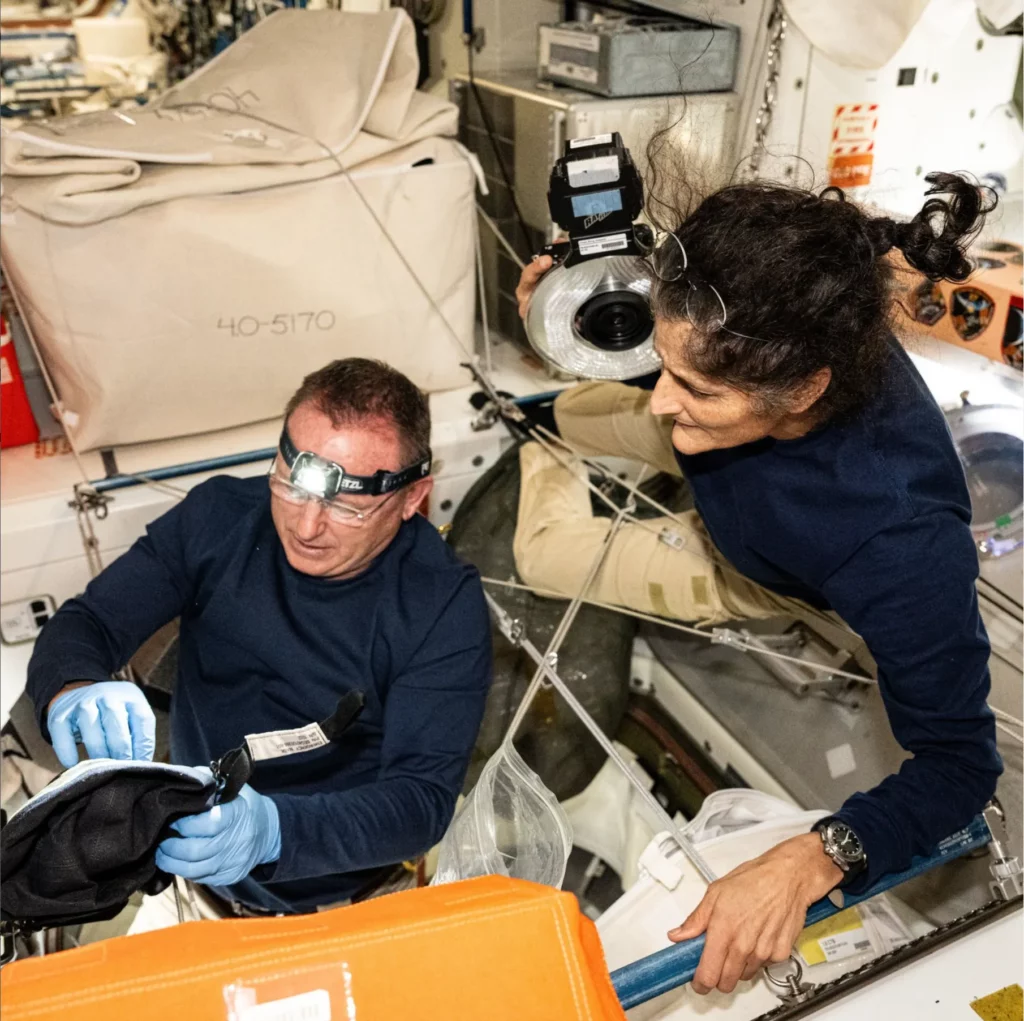
Prolonged exposure to microgravity leads to muscle and bone deterioration, which is why astronauts on the ISS must follow strict exercise regimens for several hours each day.
Recent images of the astronauts suggest they have become visibly gaunt, raising concerns about their overall well-being.
More surprising than their health or technical failures is how much they are being paid for their unexpectedly extended stay in space.
Many would assume that such an extreme extension would come with significant financial compensation, but the reality is far different.
Retired NASA astronaut Cady Coleman recently revealed that the astronauts receive no special overtime pay for their extended missions.
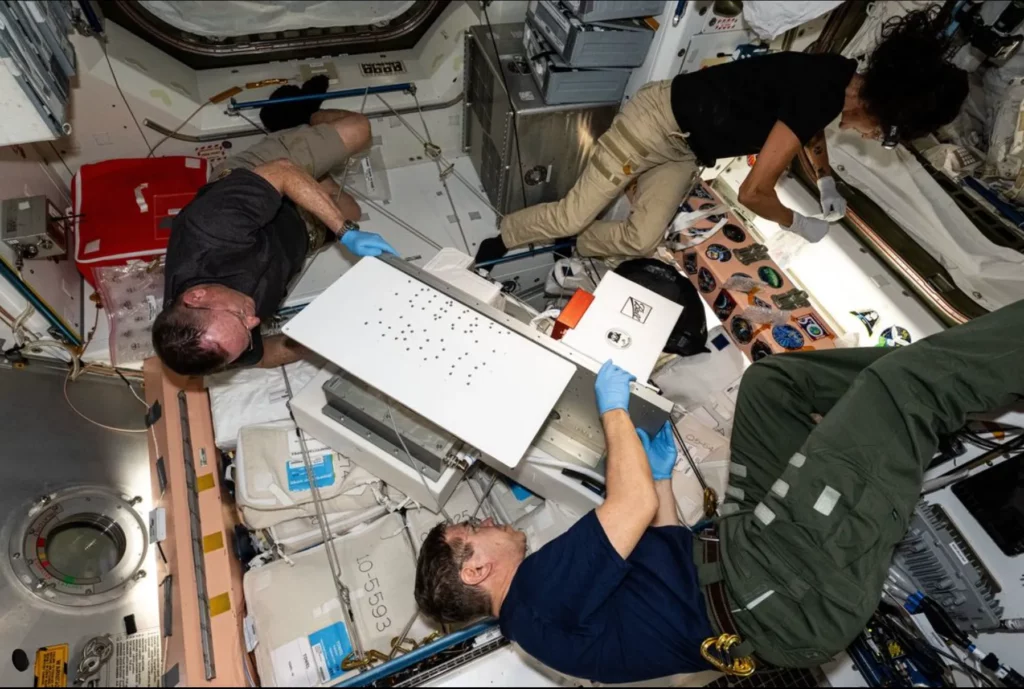
As federal employees, their salaries remain fixed, following the government’s General Schedule (GS) pay scale for GS-13 to GS-14 employees, which ranges between $104,898 and $161,141 per year.
The only additional financial benefit they receive is a small daily incidental allowance, which amounts to around $4 per day.
Over the course of their extended mission, this means they will receive only about $1,000 in additional compensation.
For astronauts who have spent more than eight months longer than planned in space, this shocking revelation raises questions about how NASA handles financial compensation for extended missions.
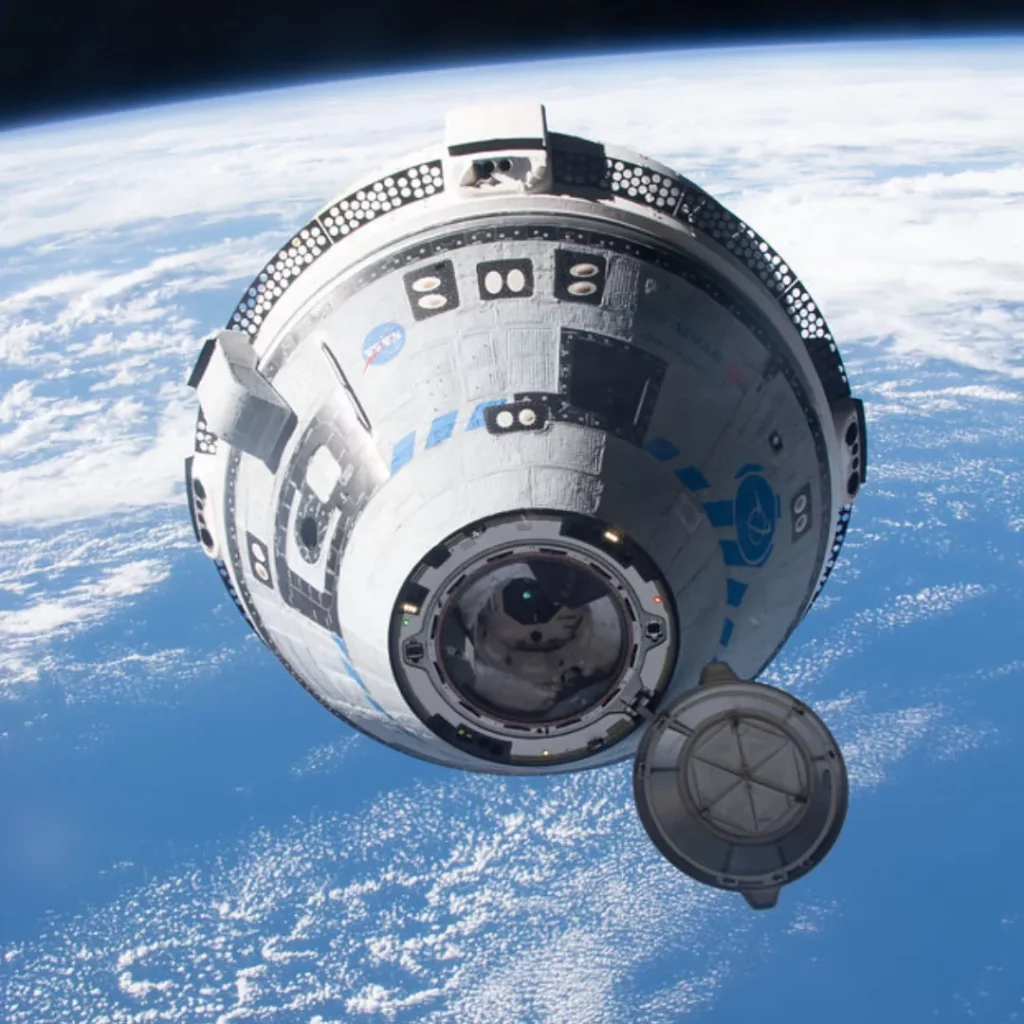
While the astronauts continue to wait for a confirmed return date, many are left wondering whether such extreme sacrifices should come with better rewards.
Featured Image Credit: (Youtube/ @NASA)

